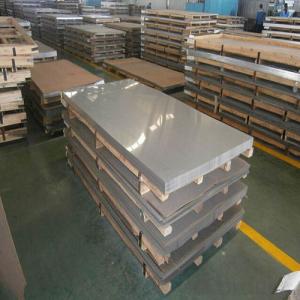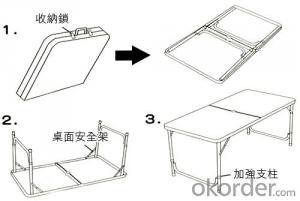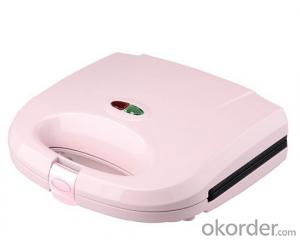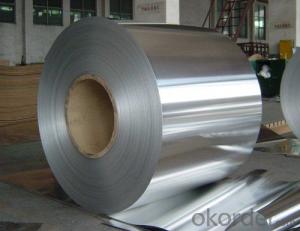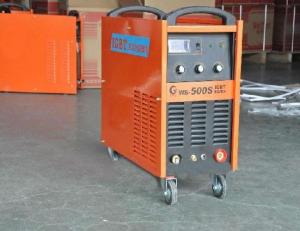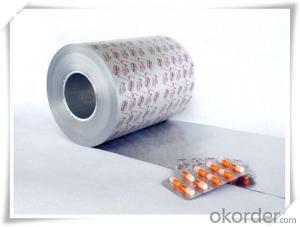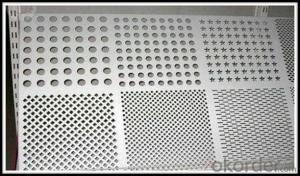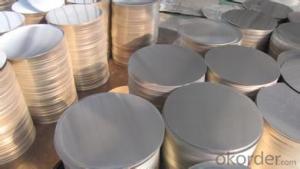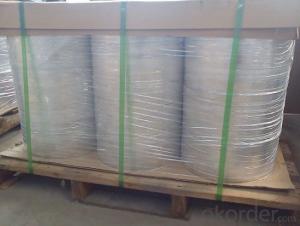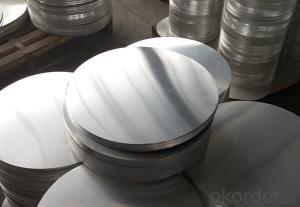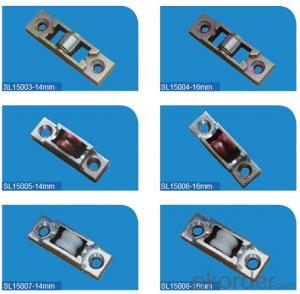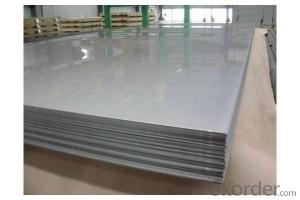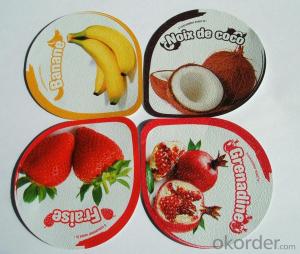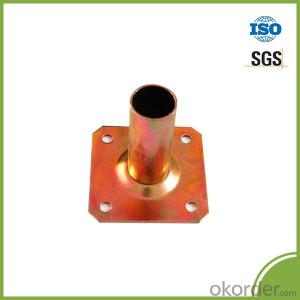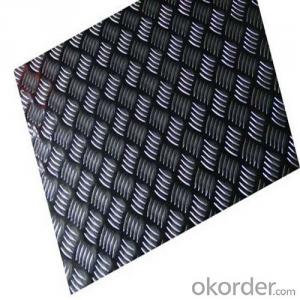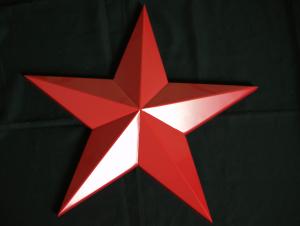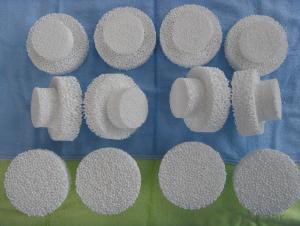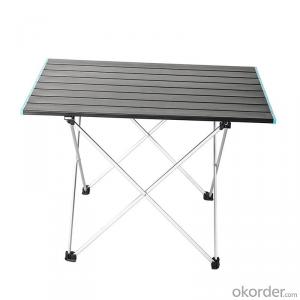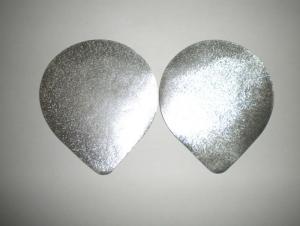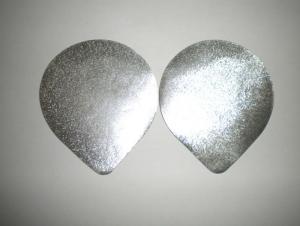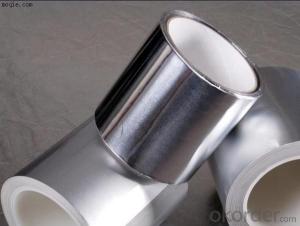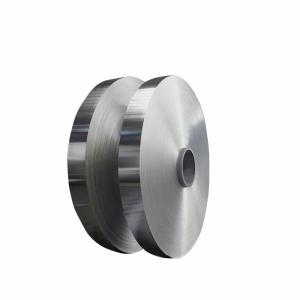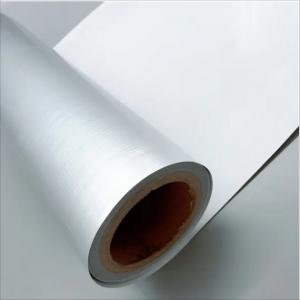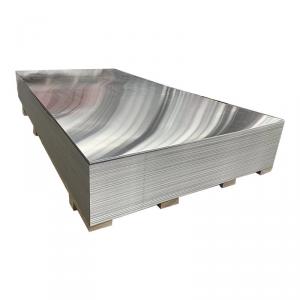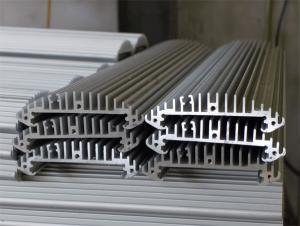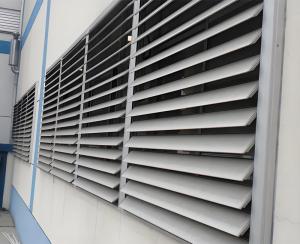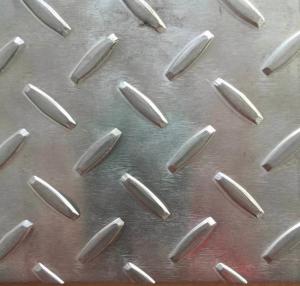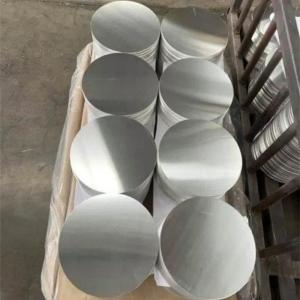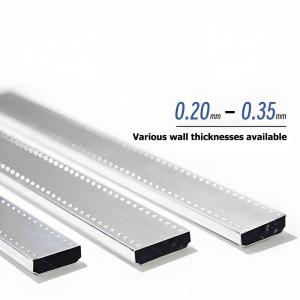Aluminum Mold Plate
Aluminum Mold Plate Related Searches
M1 Aluminum Mold Plate Aluminum Metal Plate Rolled Aluminum Plate Aluminum Mounting Plate Polished Aluminum Plate Aluminum Wall Plate Aluminum Motor Plate Aluminum Round Plate Milled Aluminum Plate Aluminum Surface Plate Aluminum Oxide Plate Aluminum Foil Plate Aluminum Grid Plate Aluminum Profile Plate Aluminum Cooling Plate Aluminum Cover Plate Aluminum Tool Plate Slotted Aluminum Plate Aluminum Dimond Plate Aluminum Flat Plate Aluminum Grill Plate Aluminum Pressure Plate Bending Aluminum Plate Machined Aluminum Plate Aluminum Base Plate Aluminum Floor Plate Aluminum Cold Plate Aluminum Cooking Plate Aluminum Foil Platter Aluminum Deck PlateAluminum Mold Plate Supplier & Manufacturer from China
Aluminum Mold Plate is a type of metal material that is widely used in various industries due to its excellent properties such as high strength, corrosion resistance, and thermal conductivity. This versatile product is crafted from high-quality aluminum alloy, making it ideal for applications that require precision and durability in the manufacturing process.The usage scenarios for Aluminum Mold Plate are vast, encompassing everything from automotive parts to electronic components. Its lightweight nature and ability to withstand high temperatures make it a popular choice for the production of molds and dies. Additionally, its non-magnetic properties and high electrical conductivity make it suitable for applications in the electronics industry. The product's resistance to corrosion and wear ensures that it maintains its performance over extended periods, reducing the need for frequent replacements and minimizing maintenance costs.
Okorder.com is a reputable wholesale supplier of Aluminum Mold Plate, boasting a large inventory to cater to the diverse needs of clients across different sectors. With a commitment to quality and customer satisfaction, the company ensures that each Aluminum Mold Plate product meets the highest industry standards. By offering competitive prices and reliable service, Okorder.com has established itself as a go-to source for businesses looking to procure high-quality Aluminum Mold Plate for their operations.






